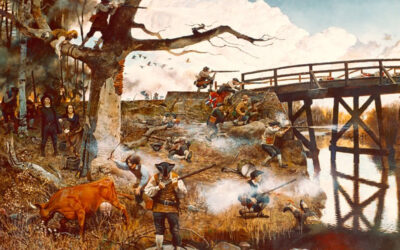Although Nebraska has never been a center of the garment industry, the state has always had some clothing factories. The February 15, 1896, issue of the Omaha Trade Exhibit described one such factory operated by M. E. Smith and Company, an Omaha wholesale dry goods firm. M. E. Smith and Company started business in Council Bluffs in the 1870s and dealt mainly in women’s and men’s clothing. In 1886 the company moved to Omaha, and by 1890 had moved from its initial location at Eleventh and Douglas streets to Eleventh and Howard, where it was visited by a Trade Exhibit reporter in 1896. In 1907 the company moved again, this time to the northwest corner of Ninth and Farnam streets, where it remained until the early 1920s.
“One might not at first thought regard a clothing factory as a place of much interest and yet the Trade Exhibit scribe found it so, when through the courtesy of Mr. Frank H. Dobeck, superintendent of the manufacturing department of M. E. Smith & Co., he was shown through the establishment this week. The factory occupies four upper floors, 66×132 feet, of the Mercer block, at the northwest corner of Howard and Eleventh streets. Two hundred hands, mostly girls, here find constant employment, in making shirts, pants, jumpers, duck lined coats and overalls. The girls work by the piece and make from $4.00 to $10.00 per week. One-half of this force work upon shirts. A wide range of these garments are made the price of which varies from $4 to $36 per dozen.
“The cutting is done by machinery, an endless knife, running easily through 300 thicknesses of cloth. The goods are first run out upon a long table, the top of which is covered with heavy paper to render it smooth. Here it is marked into the desired pattern and then transferred to another table and placed on repeated layers of the same material. It is then cut up into sections, with hand knives and carried to the power cutter, the capacity of which is 300 garments per day. When the goods leave this machine they are tied into bails [sic] and distributed to the girls who run the sewing machines. These girls work in what is called teams, of from four to six, each team finishing a particular part of the garment.
“One hundred and eighty-six sewing machines do the work, everything even to sewing on the buttons and working the button holes. A two needle machine that runs up a seam and felles it at the same time is a wonderful piece of mechanism. The button hole machine understands its business perfectly. It is automatic and ceases when the button hole is completed. The capacity of these machines is 3,000 button holes per day. The machines used are Singer, Wheeler & Wilson, Union, Special and National.
“Every garment after completion is thoroughly inspected before being packed for shipment, as it is the intention of this house to send out nothing that is not first-class of its kind. The pains-taking methods employed has already earned for this establishment a reputation for honest, reliable work that makes its goods in demand.”



